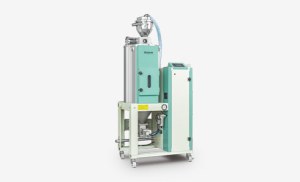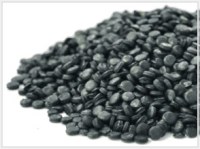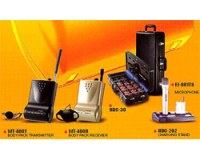Search / buy
PLASTIC AUXILIARY MACHINERY
Plastic Auxiliary Machinery By Soxi: Always The Right Choice
Are you in the market for a new injection molding machine but just not sure how or where to start?
It is more complicated than ever before with what seems to be an endless variety of types and brands of plastic auxiliary machine to choose from; hydraulic, electric, hybrid, high or low clamp tonnage, general purpose screws, or something tailored to the type of plastic part and material for your project.
What Is Plastic Auxiliary Machinery?
If you're reading this, chances are you already know a thing or two about plastic injection molding. There are many reasons why the process of injection molding is very popular in the field of plastic production—the most common reason is that it is the best means of producing enormous and identical quantities of plastic machinery parts. There are many different types of molding machines in plastic machine factory, depending on what you are creating and how the plastic auxiliary machine affects the product. Plastic auxiliary equipment are classified mainly by the type of driving system they use: hydraulic, electric, and hybrid.
What Is The Difference Between Thermoforming And Injection Molding?
The differences and similarities between thermoforming and injection molding are a question we get a lot. Someone comes to us with a project, trying to understand the two processes. Both are popular manufacturing processes for producing plastic parts. While thermoforming is generally used for large designs and smaller production runs, injection molding tends to be used for small intricate parts and large production runs. Here are some brief descriptions of the two processes.
Tooling
In the tooling phase of thermoforming a single 3D form is created out of aluminum, wood, polyurethane, or a 3D printer. In injection molding, a double-sided 3D mold is made from aluminum, steel, or beryllium-copper alloy. There is an advantage in timing and plastic machinery price with thermoforming since prototype samples can be made from CNC cut wood tooling. Tooling costs for large product tooling are substantially less with thermoforming.
Materials
Thermoforming can use a variety of different materials to create flat sheets that get molded into the product. There are options for a different finish, color, and thickness of the product. Injection-molded products use thermoplastic pellets, that are available in a wide variety of materials and colors as well.
Production
In thermoforming, a flat sheet of plastic is heated to a pliable temperature, then molded to the tool's shape using suction from a vacuum or both suction and pressure. In injection molding, plastic pellets are heated to a liquid state and injected into the mold.
What Is Moulding And Types Of Moulding?
Plastic molding is a type of plastic forming, Plastic molding is a process in which plastic materials are formed by means of a mold or mouth model under pressure (usually heated).It is the process of manufacturing by shaping liquid or pliable raw material using a rigid frame called a mold or matrix. This itself may have been made using a pattern or model of the final object. There are several types of molding which include compression, injection, liquid, blow, and transfer molding. SOXI provides three types of molding auxiliary equipment for plastics processing, IMM injection molding machine, and reaction process machinery, and plastic extrusion machine.
Location : Butterfly Ridge Industrial Park, Dongyuan County, Heyuan City, Guangdong Province, 518000 heyuan,
Contact : .com cnsoxi, 0762 8687890
Registered since 11 March 2022
Good deal: buying from seller
Visit our guide for a secure transaction! Under no circumstances Algomtl can be held responsible for the content of the ads published. Only the sellers and buyers responsability is involved in case of dispute. We invite you to read our terms of use. You can also visit our FAQ section and see our information section on the risks associated with counterfeiting.
Monday, July 20, 2015
maroc, vente, plastique recyclée, fournisseurs, distributeurs, importateurs, producteurs , grossistes, import, export. Société italienne spécialisée en production d'un polymère innovant produits parmi le recyclage de polyoléfine et polypropylène cherche importateurs utilisateurs...
- 20000 - CASABLANCA
- 06 29 90 85 75
Tuesday, December 23, 2025
WT- 480T / R WT-480T with hidden electric condenser microphone or you can use lapel microphone. WT-480R with hidden super thin speaker, could be applied without earphone conditions. Match with dual slots charging stand HDC-202 or 30 slots portable charging HDC-30, easy to recharge battery...
- meicheng
- 23511 - New Taipei City
- 886 2 82280311
Wednesday, January 13, 2016
Established in 2000, Focus CNC Co., Ltd. provides series of CNC Lathe Machinery, CNC Lathe, live tool CNC Lathe, mill turn Lathe and CNC turning machine. Due to our principle of “Humanity, Technology and Precision” in mind, we keep breaking through to become one leading Industry...
|







